
Articulation Therapy: Teaching P and B sounds
Articulation Therapy: Teaching P and B sounds
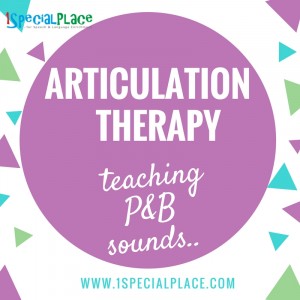
Articulation therapy : The sounds P and B are bilabial plosives. The name ‘plosives’ comes from the way the sounds expel air when being said. ‘Bilabials’ refers to the fact that the lips are used when the sounds are said.
If these sounds are misarticulated, a speech therapist will assist in bringing an understanding of how the sounds are made and sound, then establishing them, followed by strengthening and generalizing them.
1. How are the sounds produced?
The sound /p/ is produced by closing the lips firmly together and then releasing air from the mouth in an ‘explosion’ or with a burst of air.
The sound /b/ is produced with the same position and movement of the lips and air, with an addition of voicing (i.e. vibration at the throat level).
2. How to establish the sound /p/?
Several speech therapists work on establishing the sound /p/ before moving to the sound /b/. The child will be taught to make the correct lip and mouth action while blowing air correctly from the mouth. To establish the sound, a few fun games can be:
- Move the mouth like a fish: The child can be taught the action of closing and opening the mouth like a fish (see the image). This helps establish the position of the lips and mouth to produce the /p/ sound. Slowly begin to get the child to say /pa/ when making the mouth action.
- Blowing raspberries: If the child can blow raspberries, get them to do the same to begin to form the /p/ sound. Initially, the sound would be a long /ppppppppppp/. Slowly let them reduce the duration of the raspberry to form /pa/ sound.
- Blowing a napkin: Take a thin napkin sheet or paper tissue. Hold it close to the mouth and produce the /p/ sound. Show the child how the air moves the napkin. Let the child imitate.
- Blow a flying kiss: Show the child how to press the lips tightly with the tips of the fingers and then remove fingers while swiftly releasing air from the mouth. This would be like the action of blowing a flying kiss. The child should be encouraged to listen to the sound that is being made when releasing the fingers.
* Note: Before working on producing the sound, several times a therapist will work on listening to and identifying the /p/ from a /b/ sound. Take guidance from your speech therapist about this and how to work on the same.
3. How can voicing be achieved?
Voicing differentiates the sound /p/ and /b/. Once the child can produce the /p/ sound thereafter voicing can be worked upon. To get the child to learn ‘voicing’, a couple of ideas are:
- Let the child try to grunt and say the /b/ sound for a longer duration, as in- /bbbbbbbbaaaaaaa/. Slowly get them to shorten the sound. Contrast this with short bursts of /pa/. They need to feel the difference at their own throat.
- Get the child to see and feel voicing when the sound /b/ is said by the therapist/adult. Say the sounds /p/ and /b/ alternately so that the child can feel the difference of voiced sound (b) versus unvoiced sound (p).
4. How to build the sound at syllable, word, sentence and conversational level.
Once a sound is established by itself, it must be encouraged in longer utterances.
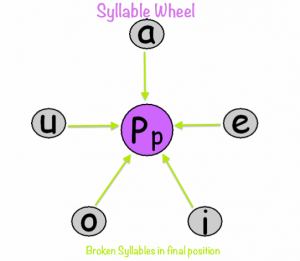 Syllables:
Syllables:
The beginning of which is at the syllable level. A syllable wheel, which is popular amongst therapists, can be used to encourage a child to say the sound with different vowels. This must be played in fun ways.
The sound and the syllable can be exchanged, and different syllables can be produced and practiced such as ap, op, up etc.
In Words:
A word list is a great way to get the right words in the practice or session. How to build word lists (for parents), can be read in a previous article here (Articulation therapy – Four go to materials). The words from the word list must be practiced in a fun manner and not only through drills.
In Sentences:
If the child can use sounds in words, then sentences should be targeted. The child should be encouraged to use words with the sound in short sentences, at first. Beginning with two to three-word sentences is great. Later moving on to longer sentences and even paragraphs or stories ones should be encouraged.
For example – These are sentences using words that start with the /b/ sound. 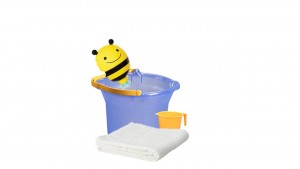
- Blow bubbles.
- The bee took a bath in the bucket.
- The …… (a word that the child fills in starting with /b/) took a bath in the bucket.
* Words and sentences can be practiced through books. If a child can not read, they can repeat what the parent or therapist read. The pictures can be encouraging for the child. A few books that can encourage the /b/ sound are – Brown bear, brown bear; Big bear and small bear, Polar bear, polar bear.
In Conversation:
Once the child uses the sound(s) well in sentences, then it must be strengthened within conversations. During a conversation, the pronunciation of the sounds must be listened to carefully. If the sounds are misarticulated, gentle reminders can be given to the child to correct himself/herself. If there are too many errors being made, practice in sentence and paragraph level may be required once again.
***
There are several ways to build on these plosives. Hope this article provides guidance for a good beginning while building the sounds /b/ and /p/.
***
Subscribe with us to learn more tips about Articulation Therapy for different sounds. Leave us a comment or feedback. We’d love to hear from you.
- What is speech therapy and what Speech Therapist Do? - December 22, 2022
- 5 Simple Ideas to Make Flashcards Fun - June 28, 2018
- Should I use ‘NO’ with my child? - June 24, 2018

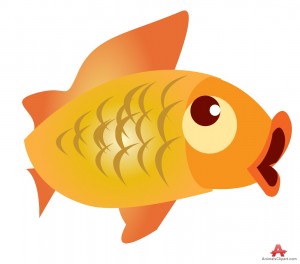
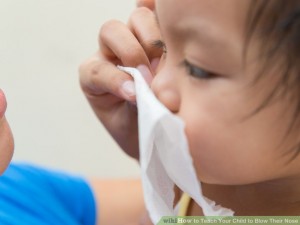
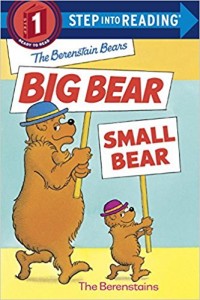
Leave a Comment
(0 Comments)